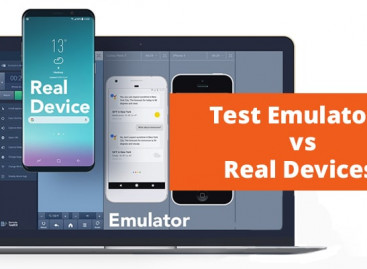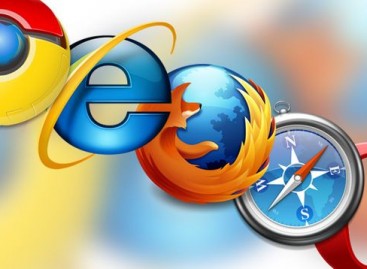- QATestLab Blog >
- QA Basics >
- Client-Server and Web App Differences
Many types of software products are available now. Widely used are desktop, mobile and web programs, besides there are a lot of their combinations.
Web technology is rapidly developing now. Experts in manual and automated testing know that many kinds of web programs exist at present. In the early days of web technology there were only 2-tire web software products known as client-server applications.
When software and web technology became more sophisticated, 3-tire web applications appeared.
Systems of the both types are present at modern software market, they both can simultaneously operate on more than one device. Those, who perform functional testing, compatibility testing, security testing, etc. of web programs, know that there are some differences between these 2 types.
They are insignificant for the end-users but important for programmers and thorough software testing works.
The Main Distinctions Between Client-Server and Web Software Are:
- Architecture. A client-server program includes 2 tires: a client machine and the server; a web application has 3 tires: a web browser, the server and database server.
- The number of simultaneous users. A client-server program can support simultaneous work of a limited number of users; a program with web architecture supports unlimited number of concurrent users.
- A client-server software is menu-driven while a web program is URL-driven.
- Use of cookies. Cookies are needed for a web application, they are not used by a client-server one.
- The defects quantity. Performance testing, security testing, compatibility testing show that a client-server program usually has fewer issues than a web program.








No Comments Yet!
You can be the one to start a conversation.